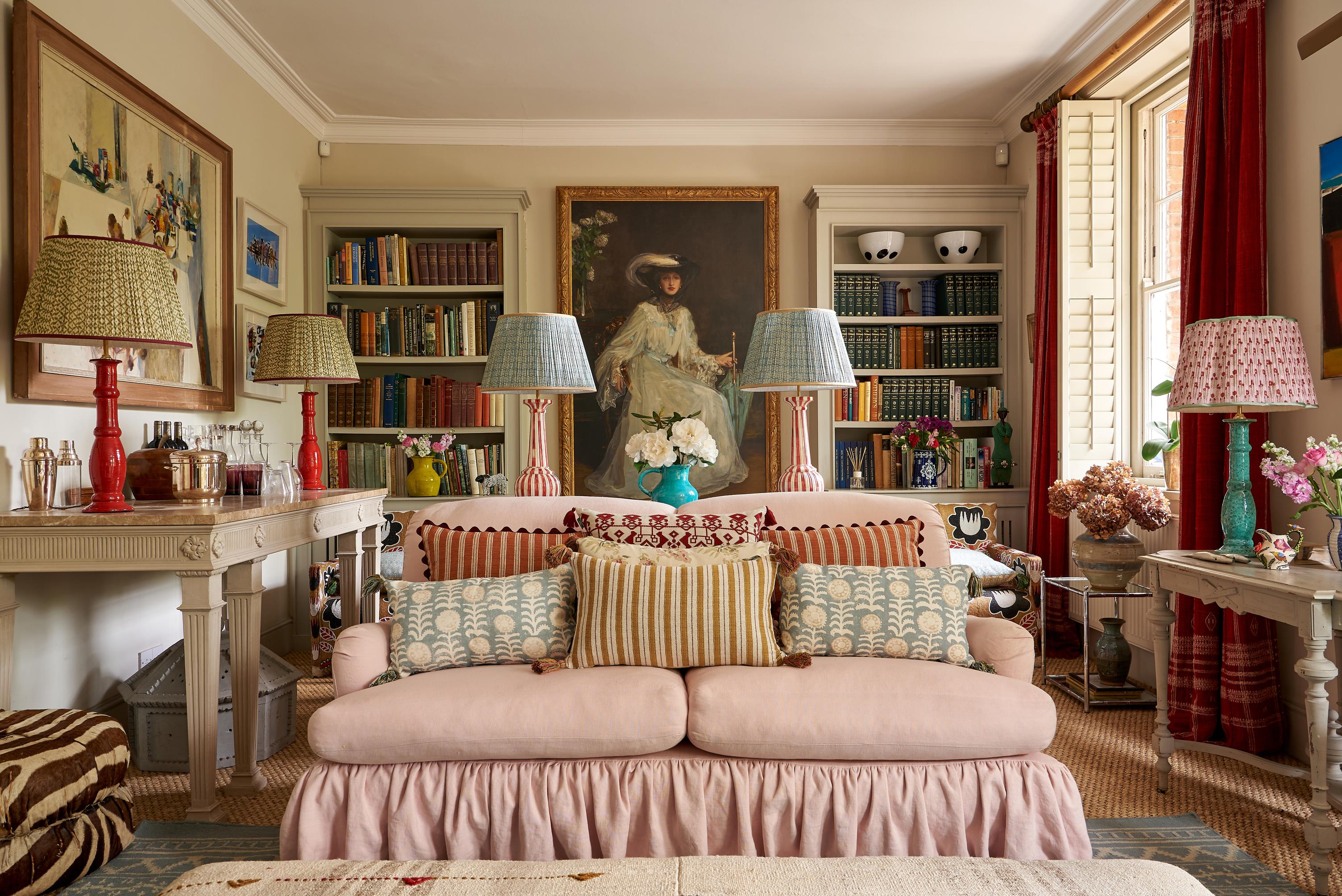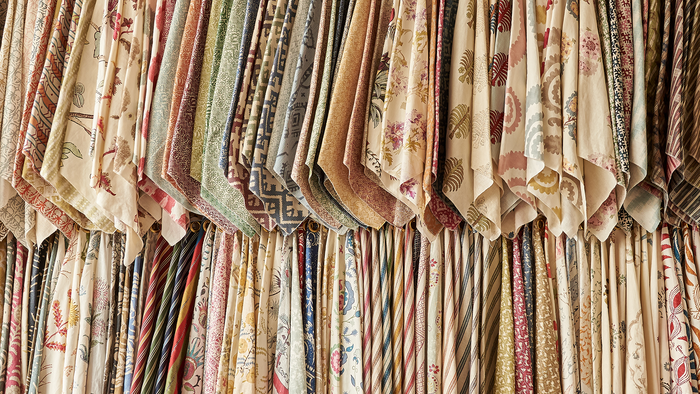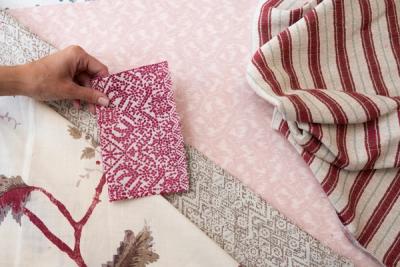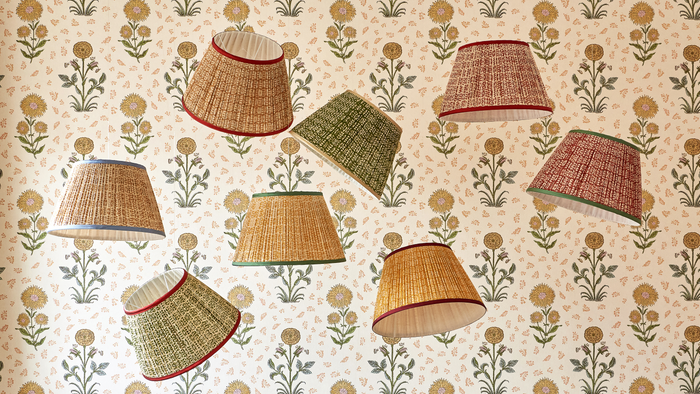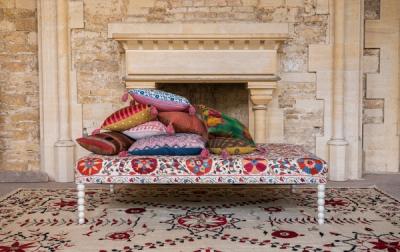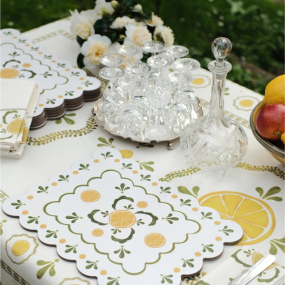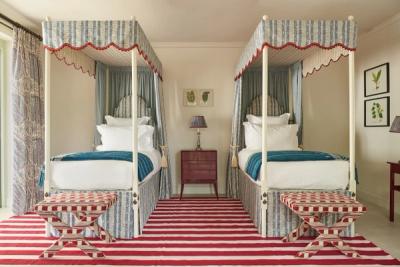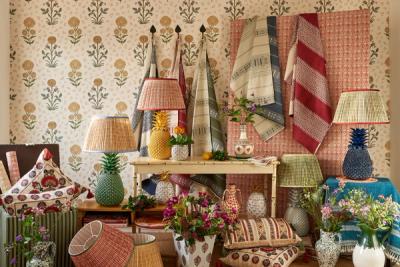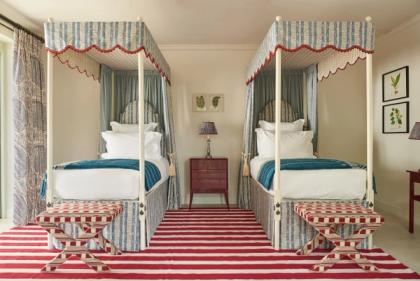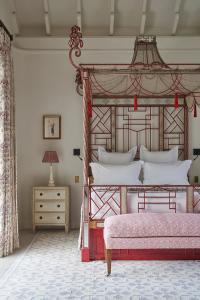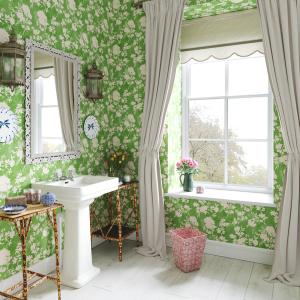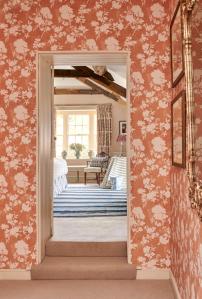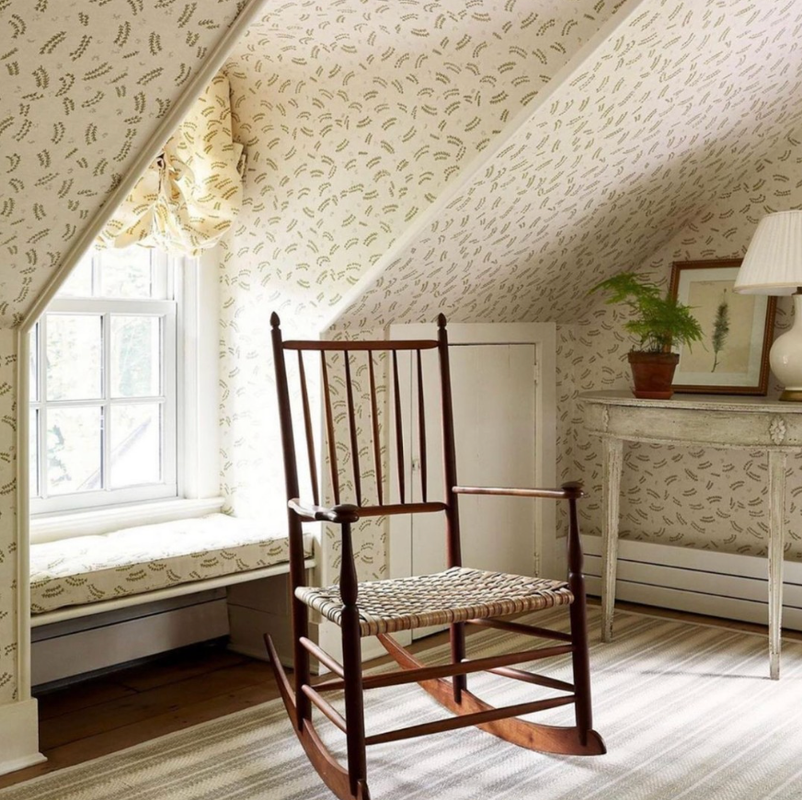
Booknook Inspiration: The Right Lighting
Unlike the rooms of a house – even the ‘non-essential’ rooms like the dressing room or mud room – a booknook needs to be created from scratch, wherever you have the space.
We’ve seen booknooks in the obvious places, like the corners of living rooms and studies, with ready access to the home’s main bookshelves. We’ve also seen them in bedrooms, tucked away from the main traffic of the home. At the opposite end of the scale, we’ve seen them on landings and in passageways – in repurposed linen cupboards with the doors removed, or on a convenient window seat.
The three things that they all have in common is the fact that they are small, cosy, and personal spaces, created with the intent of secluding the reader from the rest of the house.
They don’t need much – just a pile of books, a comfortable chair and footstool, a throw, and a few well-chosen luxury cushions.
That, and light. Plenty of warm, welcoming light to see you through a good book.
See if you can ‘zone’ with light alone
Here’s the thing about lighting a small space like a booknook: it’s important that the reader has enough light to comfortable see the words on the page, and not feel as though they’ve receded into a shadowy part of the room, but it’s also much cosier and much more conducive to focus if you can avoid lighting too much beyond the reader’s space.
That’s not to say that the rest of the room has to be plunged into darkness, and that the reader will essentially look like a stage actor under a spotlight, but that working out a way to layer your light and create some difference between the light shining on the reader, and the light shining on the rest of the room, is a good way to create that sequestered feeling.
This is a task best done using one or two well-positioned lamps – maybe on either side of the reader’s chair – that can direct light straight down onto the page but, unlike a task light, also up onto the wall and ceiling. If you have any bookshelves there, this will illuminate the spines – or, alternatively, highlight any artwork on the walls.
Like a rug used to ‘zone off’ a particular area in a larger room, the lighting can play a very similar role. This is particularly useful to keep in mind if your home is more open-plan, since creating those cosier, more intimate areas falls solely on the shoulders of good lighting and furniture placement.
Be artistic with your choices
Lighting is a practical consideration, but it’s also a creative one – especially when you’re outfitting a creative space like this one.
But, as we said before, it’s almost always a small space – or it wouldn’t really fall under the definition of ‘nook’. To avoid cluttering the space with too many decorative elements (and, at the same time, making the space feel too empty) it’s best if you can inject as much artistry and beauty into every essential item.
Lamp bases can be as artistic as they are practical. Like sculptural pieces, they can draw the eye and create a focal point – a focal point which is, coincidentally, always bathed in a pool of its own light, like a piece of art in a museum.
Whenever you’re decorating a smaller space, investing as much attention as possible into every element is the key to avoiding that creative slump we have all experienced when the limitations seem too limiting. We love the ‘artfully cluttered’ look, but it’s generally easier to invest in a few key pieces that are beautiful enough to carry most of the weight of decorating small spaces.
Focus your attention on warm lighting
Cooler-toned lightbulbs have their place, but even the most spartan minimalist would struggle to argue against the fact that a honey-toned glow is much, much more relaxing than one that is a bright, stark white.
Also, don’t forget that candlelight and reading go together like butter and toast and, however, small – read: quaint – your booknook is, there is always room for a candle or two to influence the mood.
What they lack in the way of actual useable light – true, our Victorian ancestors managed it, but they also frequently dealt with sooty ceilings – they more than make up for in their ability to impact ambience, release a warm scent into the air, and create some dynamic shadows on the walls.
More from Decoration
